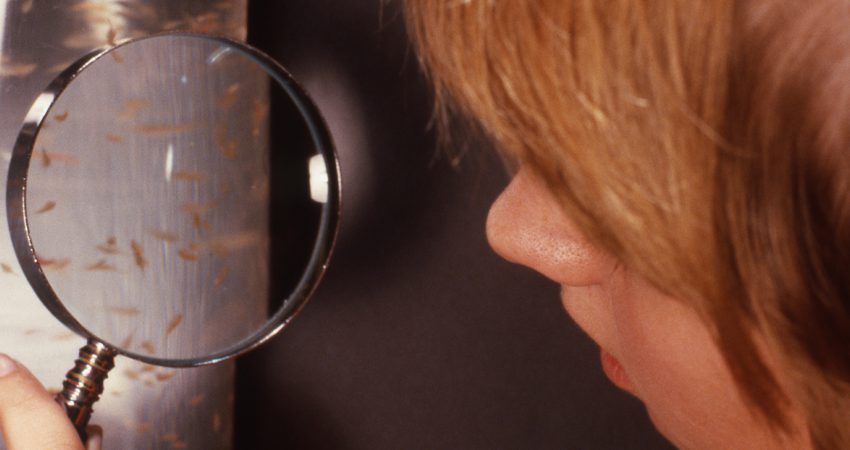
By Heather King - November 2015
PAPER CITATION
Carlone, H. B., Huffling, L. D., Tomasek, T., Hegedus, T. A., Matthews, C. E., Allen, M. H., & Ash, M.C. (2015). “Unthinkable” selves: Identity boundary work in a summer field ecology enrichment program for diverse youth. International Journal of Science Education, 37(10), 1524–1546. doi:10.1080/09500693.2015.1033776
Many youth consider participation in environmental science as “unthinkable”: It is outside of their normal family habitus, that is, the shared dispositions and values that define what “we do” and what is usual “for us.” However, knowledge of environmental science would enable youth to address local and global problems including combatting environmental degradation and ensuring safe and affordable food. In this study, the authors examined ways to understand and support youth engagement in environmental science.
Research Design
This study reports on 16 diverse high school students’ experiences of a four-week summer environmental science enrichment program focused on herpetology, the study of reptiles and amphibians. Ethnographic analysis of field notes and video observations examined the ways in which the students worked through their initial discomfort to engage fully with the activities, including handling and identifying animals.
Research Findings
All the students engaged in what the authors term “identity boundary work” as they moved from regarding herpetology as “not for me” to increasingly self-identifying as competent environmental scientists.
In examining the resources that made the identity boundary work possible, the authors identified four themes.
- Use of objects such as waders, traps, and flashlights helped students gradually increase their participation in program activities. Using the specialist tools reduced the visual differences between the experienced field scientists and the less experienced students.
- Time and space were provided to allow the students to acclimatize to new tasks and practices.
- The students built an increasingly supportive peer group. Because their peers supported and encouraged them, empathizing with their personal difficulties, the students felt able to push their personal boundaries.
- Students themselves tried to reconcile their increased scientific knowledge with narratives from their own cultures—for example, the belief that toads give you warts. These efforts helped the students develop identities as knowledgeable herpetologists and field scientists.
The authors acknowledge that the students’ initial expressions of fear may have been dramatic performances to impress peers, instructors, or even the researchers. However, they suggest that fear may have been an important resource for the young people’s identity boundary work. If handled appropriately—in small doses, and with empathy and care—challenging and potentially scary tasks could be catalysts to help young people make the jump from “unthinkable” to “thinkable.”
Theoretical Basis
This study was framed by a conception of learning as a process of identity development (Lave & Wenger, 1991). Identities are shaped by family and community social structures in ways that make some identities “thinkable” and others “unthinkable.”
In this study, the ways in which the young people engaged with environmental science is the story of how they enacted who they were and what they wanted to become. During a four-week program students became part of a community of practice in which they could develop new identities.
The description of identity boundary work also builds on the notion of boundaries between different ways of being (Akkerman & Bakker, 2011). In order to cross boundaries and enable new ways of being—thus developing new identities—individuals must engage in substantial identity work.
Implications for Practice
The study’s findings suggest that, when designing scientific engagement programs—and particularly when working with young people who may not identify with science—science educators should provide appropriate tools, a supportive environment, and plenty of time and space for growth.
The findings also challenge the commonly held belief that students will engage in a learning experience only if they perceive it to be personally relevant—or “thinkable” in some way. In contrast, the authors suggest that “unthinkable” experiences might also foster interest in science and support young people’s engagement in science identity work.
References
Akkerman, S. F., & Bakker, A. (2011). Boundary crossing and boundary objects. Review of Educational Research, 81(2), 132–169.
Lave, J., & Wenger, E. (1991). Situated learning: Legitimate peripheral participation. New York, NY: Cambridge University Press.




